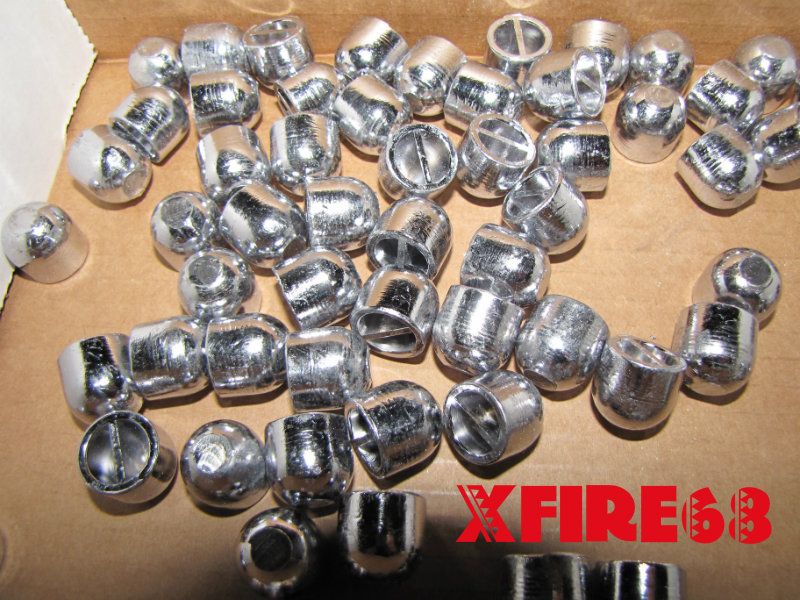Labor. Casting bullets is WORK, and a lot of it.
Well there is some truth to that for sure. I find it isn't anymore involved than the rest of what I do.
I mean in most cases when I set up to smelt down a large batch of alloy into ingots, the worst of it is dragging everything out and then putting it back up again. Even that isn't much real work as it is usually only a couple of pieces of plywood my burner and pot. Just about all of it never moves more than 10 feet from where I store it.
As for the bullet casting it's self, I plug in my main cord, stack 5-8 bars of alloy into the pot and come back in half an hour. Or in that half an hour I sit there cleaning up molds, lubing pins, and setting up pans to dump the bullets into. Once I am done casting I unplug the main cord and let the pot cool, I also will let the pans of bullets sit overnight, then I sit in front of the TV the next night and look for blems which go back into the pot. While I am sorting I box up what I have poured and label them accordingly. They usually have at least a two to three week wait before I size and load them anyway so there isn't much rush. With a 2 cavity mold I can easily dump out a couple of hundred bullets in sitting with out feeling the least bit fatigued, but with the 4 or 6 cavity mold, I can REALLY dump some bullets out in a VERY short time. The hardest part with them is keeping the pot filled with up to temp alloy.

Lubing and sizing is a breeze. I toss the amount I want to load into my lube bag, (simply a LG vacuum seal bag), toss in a chunk of the lube I use, warm it all up with a hair drier and roll the bullets around for a few minutes and pour out to cool. Once cool I run them through a Lee push through sizer and they are ready to go back through the lube bag once again before loading. This all take around 20 minutes from start to finish for a hundred or so bullets.
Compared to what I do on my brass this isn't work at all. Prepping 3-500 cases to load IS work. First the tumble and cleaning out all of the media, then sizing, then the trimming, then the champhering, then the primer pockets, then back through the tumbler to clean off the lube and a final polish before loading.

